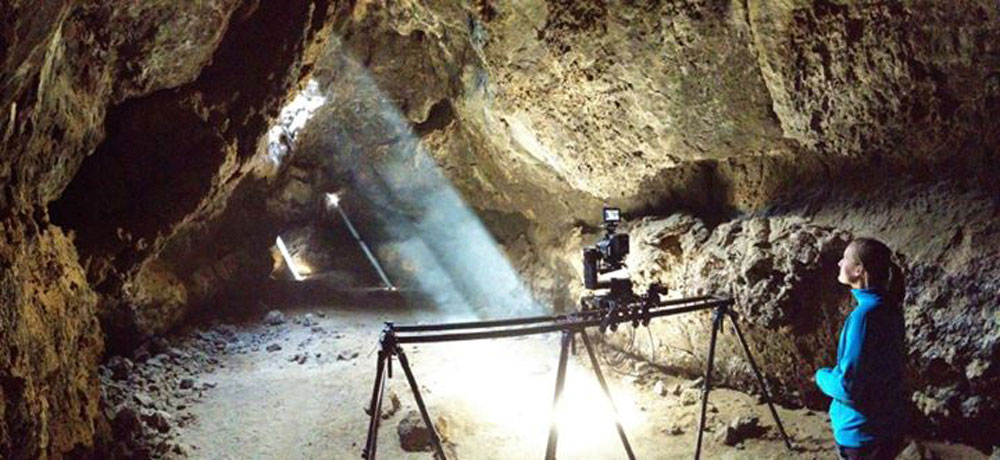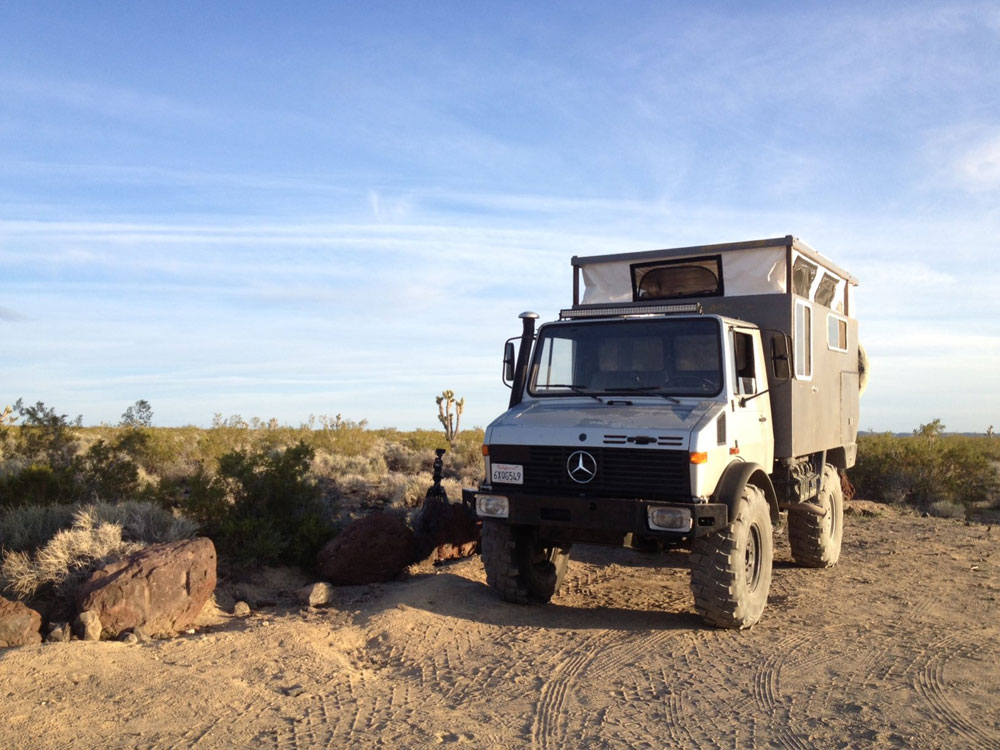“The Southwest” is a film I’ve wanted to make for many years, and a distant dream I never thought possible. I started my creative career as a landscape photographer and being from southern California, a lot of my work was about the southwest. In college I had the chance to see Gregory Colbert’s film “Ashes & Snow.” The film was a visually guided poem filled with stunning imagery and only narrated with a few words by Lawrence Fishbourne. After that, I was hooked. It was one of those experiences that almost felt spiritual. From then on I knew I wanted to make a “non narrative” film, but at that time technology for extreme high quality motion pictures required an IMAX camera. Getting an IMAX camera and the production resources to make a film of that caliber would take serious financial backing. So, I continued my landscape photography, doing what I knew best, and put the idea of making a film on the back burner. As I traveled the southwest I always took the opportunity to visit as many places as I could and started a database of places to someday include in a film. During my last year of college I came across the film “Baraka” by Ron Fricke & Mark Magidson. It really opened my eyes to the possibilities within non-narritive filmmaking. The turning point came with filmmaker Tom Lowe and his realization that the Canon 5DMK II was sensitive enough to produce images of the milky way, something that film was not sensitive enough to do. He could also capture 4k imagery with the quality of film and not spend hundreds of thousands of dollars on just on the camera. This allowed him to make his groundbreaking film “Timescapes”. It was then I knew my dream was finally possible, and the full time planning stages began. Another massive technological leap forward was the development of the RED One and RED Epic cameras by Oakley founder Jim Jannard. Before RED, HD(1080P) was the standard in movie production, which is far below the film standard of 4k (4096×2160). The RED ONE captures a 4k image in a camera that costs under $20,000. Game changer is a term thrown around nowadays, but it truly is. With the Red Epic and its 5k sensor soon to be upgraded to 6k sensor, we are now within IMAX standards.  After seeing “Timescapes” and “Samsara” I began working full-time on the final concept and shooting ideas for my film. It felt only natural to return to the place I know so well, the Southwest. The concept of the film is a non-narritive journey into the harsh landscape and humanity’s relationship between the raw landscape and those who live there. We will be filming at natural wonders, industrial sites, forgotten wild west towns, modern cities, and much more. We began filming full time this summer and will continue into fall 2015. Most movies have schedules of only a couple months, but due to the nature of this type of filmmaking we have to film so much more material yielding to the weather, solar calendar, and dates of particular events. For example, we were recently at the Bristlecone Pine Forest near Bishop California. For us the best time to film there was when the milky way is high in the sky. In addition, we wanted a moonless night, which is only possible within a very narrow window in the summer. Filming here in the states also raises the level of complexity. “Baraka” and “Samsara” feature mainly exotic locations and people. Our film has to compete with views we’ve all seen a million times around the southwest.
After seeing “Timescapes” and “Samsara” I began working full-time on the final concept and shooting ideas for my film. It felt only natural to return to the place I know so well, the Southwest. The concept of the film is a non-narritive journey into the harsh landscape and humanity’s relationship between the raw landscape and those who live there. We will be filming at natural wonders, industrial sites, forgotten wild west towns, modern cities, and much more. We began filming full time this summer and will continue into fall 2015. Most movies have schedules of only a couple months, but due to the nature of this type of filmmaking we have to film so much more material yielding to the weather, solar calendar, and dates of particular events. For example, we were recently at the Bristlecone Pine Forest near Bishop California. For us the best time to film there was when the milky way is high in the sky. In addition, we wanted a moonless night, which is only possible within a very narrow window in the summer. Filming here in the states also raises the level of complexity. “Baraka” and “Samsara” feature mainly exotic locations and people. Our film has to compete with views we’ve all seen a million times around the southwest.  Since this is the Expedition Portal I’ll talk a little a bit about our van. We started production using our Unimog 1300 Expedition Camper, but soon realized that space for equipment and people outweighed the creature comforts of the Unimog. So, we picked up a ujoint offroad van, which had the best of all the things we needed, lots of storage room, great 4×4 capability, and it gets us from one location to another quickly. Its equipped with a 7.3 liter diesel, 6 inch ujoint conversion, onboard air, 300w solar panel, two 4D batteries in the skid plate, custom Baja rack, and more. Plus, its a tad more inconspicuous than the Unimog . thesouthwestfilm.com
Since this is the Expedition Portal I’ll talk a little a bit about our van. We started production using our Unimog 1300 Expedition Camper, but soon realized that space for equipment and people outweighed the creature comforts of the Unimog. So, we picked up a ujoint offroad van, which had the best of all the things we needed, lots of storage room, great 4×4 capability, and it gets us from one location to another quickly. Its equipped with a 7.3 liter diesel, 6 inch ujoint conversion, onboard air, 300w solar panel, two 4D batteries in the skid plate, custom Baja rack, and more. Plus, its a tad more inconspicuous than the Unimog . thesouthwestfilm.com
Overlanding Meets Film Making in The Southwest


